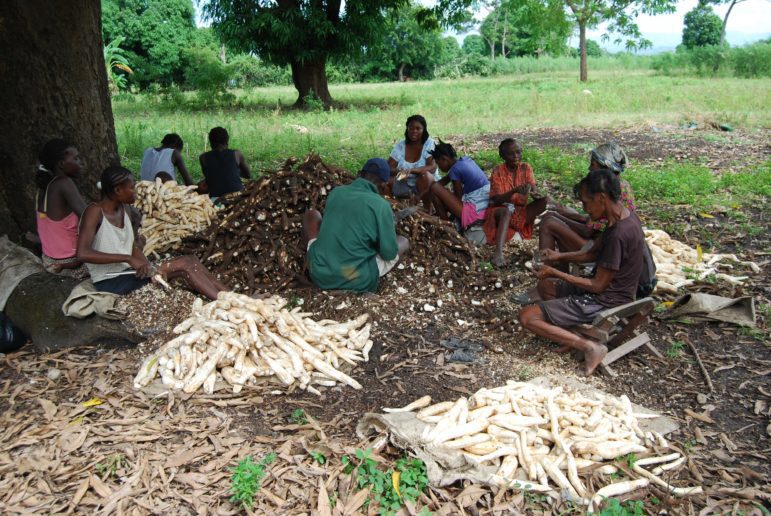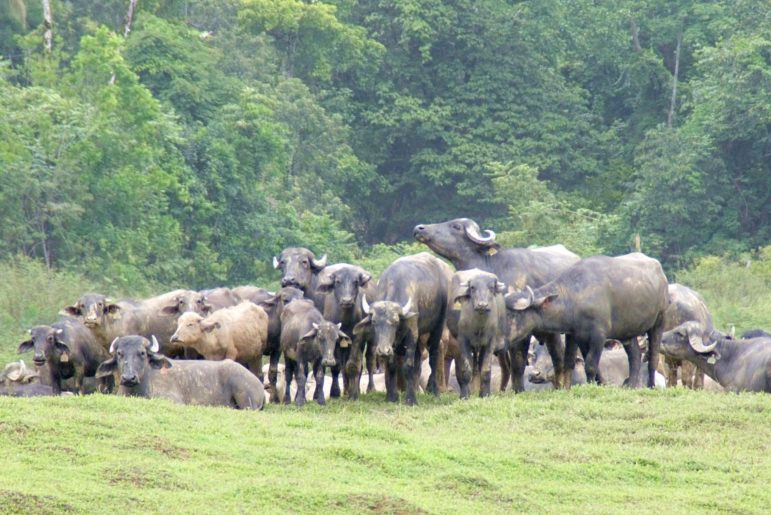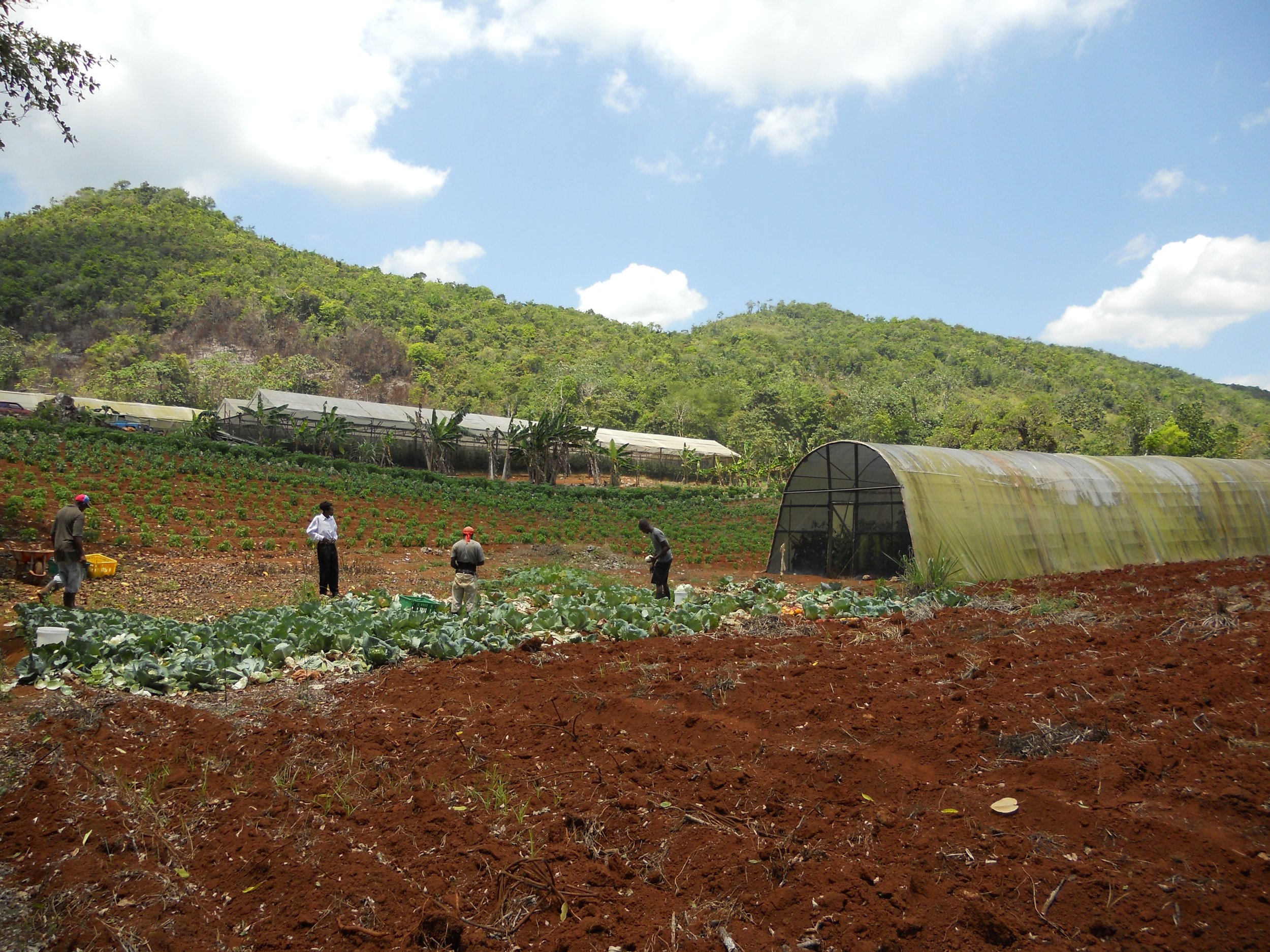Globally, COVID-19 has rapidly led to close to a quarter of a billion cases and over five million deaths. It was declared a pandemic by the World Health Organization (WHO) on March 11, 2020. In Latin America and the Caribbean, the death rate was reported to be among the highest in the world.
The region is experiencing disappointing results with its vaccination roll out, with Antigua and Barbuda having the highest and Haiti the lowest percentages of fully vaccinated people.
The foregoing are the major metrics, along with those of an economic nature, such as, labour shortages, manufacturing shortfalls, shipping delays, and increasing energy costs, by which the impacts of COVID-19 are measured.
However, more recently, mental, and emotional health has been recognised with sharp increases in depression and anxiety, particularly in women.
Despite these catastrophic results, it is expected that, as in all previous pandemics, this COVID-19 threat will come to an end, transitioning to an endemic phenomenon.
This will be facilitated by the rollout of vaccines (despite vaccine inequity and hesitancy) and the availability of two antivirals, with one already approved for use by Britain.
The discussion on this topic will consider the impacts of the pandemic on the food and agriculture sectors but also their necessary repositioning for future sustainability in the endemic phase.
It has benefited from the reports of 14 Media Institute of the Caribbean (MIC) national correspondents and will take place within the following areas, namely: food and nutrition security and food imports, the food supply chain and price and availability of inputs and food.
Interlocking issues, such as, relationships with the CARICOM Single Market and Economy (CSME), climate change related and other natural disasters and headline and food inflation, will be considered as appropriate.
In 2018/19, the CARICOM Heads of Government (CHG) agreed that the revitalisation of the CSME would be led by efforts to significantly reduce (25% by 2025) the annual US$4 billion regional food import bill, representing 17% of total imports.
Regional leaders subsequently invited the Caricom Private Sector Organisation (CPSO), an Apex private sector grouping, and the Caribbean Congress of Labour (CCL) to participate in this initiative.
The region has been regularly impacted upon by natural disasters, such as, volcanoes and earthquakes and those directly related to climate change, such as, hurricanes, floods, and droughts.
There are two major differences between these natural disasters and the pandemic. Firstly, their immediate “strike” is generally not as protracted as compared with a pandemic and secondly, their negative impact on the national GDP is smaller than that of this pandemic.
For example, Category 5 Hurricane, Dorian, reduced Dominica’s GDP by 6.8% in 2017, whereas COVID-19 has led to an estimated decline of some 16.7% to date.
These disasters have required the region to establish and operationalise appropriate systems and agencies at the national and regional levels. Paradoxically, this reality has positioned the region to be relatively prepared to fight the pandemic and consequently, readier to put in place policies and programmes to buttress the economic sectors, such as, agriculture and food.
Food and Nutrition Security and Imports

Source: Wesley Gibbings
Food and Nutrition Security may be defined as when all people, at all times, have physical and economic access to food of the required nutritive value. It is built on four pillars – availability, access, utilisation, and stability.
Pre-COVID-19, the Region could have been considered to be food secure but not food and nutrition secure: it generally had “quantitative not qualitative availability” of food by accessing needed commodities in a stable manner from extra-regional sources.
The major commodities imported were meat (for fresh and processing use), poultry (meat and hatching eggs), corn (input for animal feed), wheat, vegetable oils, vegetables, and fruits. The balance, mainly root crops and rice with some fruits and vegetables, was produced nationally.
However, during the course of the pandemic, food from extra-regional sources became less available because of increased prices and reduced accessibility: due primarily to reduced road and sea transport, port congestion and the unavailability of containers.
This reduced availability was heightened as regional production was impacted negatively by floods in Guyana, destructive activity of a volcano in St Vincent and the Grenadines and an earthquake in Haiti.
Unfortunately, regional food and nutrition security is dependent on imports. The question of food sovereignty from a regional, as opposed to a national, perspective becomes a relevant conversation.
In some countries, this reduced availability has resulted in a decline in the numbers of persons having required daily nutritional requirements.
As previously stated, root crops and rice (calorie rich commodities) represent the majority of regionally produced foods. Consequently, if not utilised within a nutritionally balanced diet, they have resulted in a serious incidence of Non-Communicable Diseases (NCDs) in the region.
These NCDs have been directly associated with deaths within the pandemic. For example, in Barbados, NCDs are associated with 83% of its pandemic-related deaths. This phenomenon must be taken into consideration as the food and agriculture sectors are positioned as “driving” socioeconomic factors within the endemic era.
At the national level, all countries identified the food and agriculture sectors for major attention in their fight against the ravages of COVID-19. With or without the benefit of committees, solely governmental or multipartite, agriculture programmes were developed to address the negative impact on available food and employment opportunities: lockdowns and restrictions in movement that led to significant job losses. At an individual level, some persons took to agriculture (field or home) to provide food for their households and/or income.

Source: Wesley Gibbings
In the early stages of COVID-19, reduced availability of food was partially due to panic buying and hoarding because of uncertainty surrounding the stability of supply. However, in late 2020 and 2021, this was due primarily to the identified inaccessibility of non-regional food commodities.
There was also the phenomenon where the declining purchasing power of nationals and tourism activity caused reduced orders by supermarkets and market vendors to farmers, who, in turn, scaled back production. This anomaly was addressed in some countries with governments guaranteeing the purchase of preordered amounts of selected commodities from farmers.
Most national programmes, whose implementation was directly supported by financial and/or development agencies, had the following major objectives:
- Provide stimulus packages to farmers and fisherfolk to sequentially support life and food production
- Build capacity of all stakeholders
- Enhance production and productivity of selected crops
- Rehabilitate, upgrade or construct agro-industrial facilities in support of planned primary production
- Support effective community involvement in the Supply Chain
- Strengthen the Supply Chain (farm > factory > consumer) to promote resilience to future shocks (climate change, market, financial, innovation, etc.)
At the regional level, in 2019/2020, the CPSO identified seven areas for potential investment which are projected to reduce annual food imports by US$418 million. They are poultry (meat and hatching eggs), corn, meat, (pork, sheep, and goats) products, vegetables, and cassava, along with coconuts to both earn and save foreign exchange.
COVID-19 retarded progress but, on October 8, 2021, at the 94th Special Meeting of the (CARICOM) Council for Trade and Economic Development (COTED), the CPSO presented its first Investment Case: Poultry with imports of US$134 million.
The organisation advised that “CARICOM doesn’t have a ‘Single CET’ (Common External Tariff) that applies to poultry meats and products.”
“This ‘National Approach’,” the CPSO said, “has opened the door for imports … while disadvantaging CARICOM producing states from competing for market share in regional markets.”
In addition, there are varying non-tariff measures in individual CARICOM Member States. These two constraints, which are found in other commodities, will negatively impact on the region’s ability to reduce its dependency on food imports.
Further, an intra-regional attitudinal unease to regional imports further exacerbates this dependency, as exemplified by the nervous reaction of a senior official to recent poultry imports from another CARICOM member state:
“My response is that we urgently need support to produce poultry for our food security. The survival of (our country’s) poultry industry businesses is being threatened.” This country annually imports US$11.7million of poultry primarily from extra-regional sources.
Also at the regional level, the CARICOM Secretariat has sent to the Ministerial Task Force on Food Security and Production a draft Implementation Plan outlining “A Strategy for Advancing the CARICOM Agri-Food Systems Agenda.”
At time of writing, the Task Force is reported to have considered the following initiatives:
- ICTs in Agriculture,
- Agriculture Insurance,
- A Sustainable Caribbean Finance Facility, and
- Production of Corn and Soybean in two Member States.
At neither the regional nor national level, is an all-inclusive approach readily apparent. Such an approach, ‘whole of society’ or at least ‘whole of Government’ is needed to attract and involve participation of a wider public to enhance possibilities of success. The didactic adage “agriculture is too important to be left in the hands of agriculturalists” needs to be remembered.
The Food Supply Chain (FSC) (farm to fork) has been disrupted globally, regionally, and nationally. This commonality is expected because of the heavy dependency of the region on global imports. Further, FSCs in developing countries, like those of this region, are known to be weak, characterised by poor structure and cohesion with limited loyalty and suffer significantly greater disruption.
The disruptions were evidenced through missing links in the region’s FSCs, such as:
- Reduced marketable products due to inadequate husbandry and veterinary practices because of reduced manpower with closed borders and lockdowns. This manpower inadequacy probably caused a slowdown in the control of the swine fever outbreak in the Dominican Republic.
- Difficult logistics with increasing prices and unavailability of air, land, and sea freight capacity. This engendered uncertainty and anxiety.
- Processed products were less available as factories, especially those processing meat, had to be closed because of imposed COVID-19 guidelines.
A major take away from the disruptions is that companies in the region need to redesign their supply chains with resilience in mind to be sustainable in the endemic phase. This redesign may include:
- Diversification of supply source to include more than one source in the current geographical area and/or having more than one geographical area. Already one major importer of fruits and vegetables into Trinidad and Tobago has initiated sourcing commodities from both Latin America and the traditional source, North America.
- By Supply chain management through, for example, removing difficult products from the portfolio resulting in a more manageable, less risky, and cheaper product range.
- Digitalising the industry or company since digital supply networks will make it much easier to control the FSC and make it less vulnerable. This will be more of a long-term nature as it will probably have to go hand-in-hand with a national initiative.
- Expanding the FSC to initially a Regional Value Chain thus having a more integrated network and gradually building loyalty amongst important actors in an industry
Price and Availability of Inputs and Food have been significantly impacted by the pandemic globally and regionally. There are two basic types of inputs. Firstly, those, such as, fertilisers and pesticides involved in the production of primary animal and/or plant products. Secondly, those primary products, such as, meat, fruits, and vegetables used in the manufacture of processed products.
Both categories of inputs are mostly imported. Indeed, the latter category represents a significant portion of regional food imports. Consequently, the majority of the factors described earlier, as influencing availability and price of food, are relevant to inputs.
However, there is one factor that is more directly related to a Category One item, fertiliser. That is, the phenomenal increase in the price of energy products and the projected “bullish” outlook for the immediate future.
Most recently, the Guyana government intervened after protests of rice farmers about exorbitant fertiliser prices. This intervention had palliative success because of alleged distributor price manipulation. Further remedial actions by governments are unlikely to be successful as the causes will be out of their control. The recent action by Russia to reduce exports of nitrogenous fertilisers strengthens this conclusion.
High prices, particularly in commodities, such as, rice, sugar and corn that are cultivated in large acreages, can be expected.
Food Inflation, which is a major contributor to Headline Inflation, has increased during the pandemic. The FAO Food Price Index reported in November 2021 (i) price increases globally of 40% in 2021 compared to 2020, (ii) food prices in November 2021 reached a ten-year high, (iii) average Food Price Inflation of 2.5% between July and December 2020 and (iv) June 2021 was the first month in a year with a decreased average global food price even though this was 33% higher than June 2020.
Tyson Foods, a mega American meat supplier, has highlighted this price surge by reporting that compared to 2020 prices of beef, pork and chicken increased by 33%, 38% and 19%, respectively.
The major contributors to global food inflation were vegetables, vegetable oils and cereals – all major regional food imports. Consequently, as can be expected, the region experienced Food Price Inflation. Trading Economics reported in November 2021, with latest reference dates ranging from July to October 2021, Food Price Inflation for Belize, Barbados, Dominican Republic, Guyana, Haiti, and Jamaica of 1.2%, 5.5%, 10.7%, 16.9%, 14.4%, and 10.2%, respectively.
Whereas Trinidad and Tobago reported 5.7% in August 2021 compared to August 2020. Food Inflation for the ECCS as at August 2021 was 2.38% for the period, January to June 2021.
In conclusion, COVID-19 has had serious negative effects on the regional agriculture and food sectors.
The pandemic is nevertheless projected to transition to an endemic phase which will exist for some time into the future, with negative impacts, especially unavoidable and unreliable supply of food at high prices, continuing.
All countries have implemented programmes within these sectors to minimise the observed ravages.
However, these programmes, which have to be massaged to enable these sectors to exist in the endemic phase, must facilitate innovation, diversification, and collaboration amongst regional and global partners.
These actions should result in promoting sustainable, modernised, and resilient regional agriculture and food sectors.
In finalising these programmes, which will have reduced dependency on food imports as a primary objective, an “all of government” and “all of society” approach must be pursued.
They must switch focus from FSCs to both regional and global value chains with supporting research and education components to enhance human capacity, investment, and competitiveness. Education must include human emotional management to assist in guaranteeing an adequate and reliable work force: needed to improve the success implementation of critical policies and programmes.
